Recently updated on November 28th, 2023 at 04:08 pm
Covering more than 70% of the Earth’s surface and home to more than 90% of all living creatures, our oceans are the lifeblood of our planet. They’re critical to our survival, providing more than half of the oxygen we breathe, along with food, energy and water. Just the surface layer of the world’s oceans produces more oxygen than our biggest redwood forests, thanks to tiny photosynthetic plankton
When we protect our oceans, we’re protecting the very thing that allows us to breathe and our plants and animals to survive. That’s why Trafalgar has committed to the UN Global Goal 14 (Life Below Water), as part of our How We Tread Right sustainability strategy. The goal is dedicated to conserving our oceans and marine resources, eliminating pollution and overfishing, and protecting our marine life. In celebration of World Oceans Day on June 8, we’re sharing eight Trafalgar tours where you can get immersed in the wonders of the world’s oceans.
RELATED CONTENT: How we’re harnessing the earth’s natural resources to invest in our planet
1. Australian Highlights
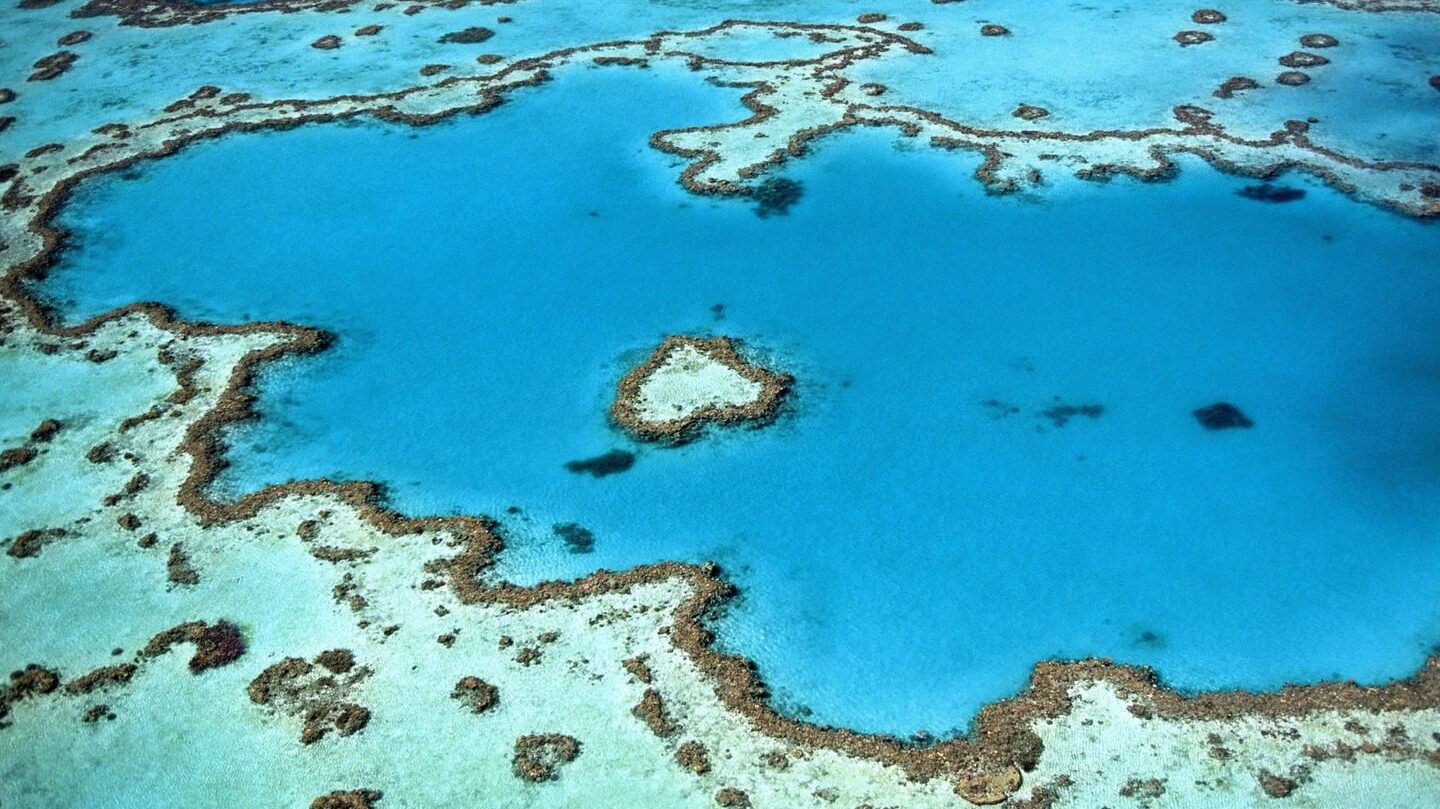

Exploring the Land Down Under is guaranteed to leave you with a deeper appreciation for the importance of the world’s oceans. From witnessing the Little Penguin parade on Phillip Island to seeing the golden sands of Bondi Beach and the towering limestone formations of the Twelve Apostles, Australia’s tract of the Southwest Pacific Ocean is extraordinary.
One of the most iconic experiences is exploring the Great Barrier Reef, a UNESCO World Heritage Site. As the world’s largest living organism, teeming with vibrant marine life and coral species, the reef is a critical and irreplaceable part of our diverse ecosystem. Made up of 3,000 individual reefs, and home to thousands of marine species including whales, dolphins, fish and six of the world’s seven marine turtle species, the reef is essential to protecting our coastlines and biodiversity.


You’ll get a first-hand look into the need to preserve the reef for future generations. Choose from a snorkeling adventure or an extraordinary underwater dive, or stay dry and explore the reef in a semi-submersible craft. Your local guide will share fascinating insights about the local ecology and environment, while you soak up this underwater wonderland.
In nearby Cairns, you’ll get an insight into how the ocean supports vital wetland ecosystems. Cruise the ecologically important Melaleuca wetlands, home to saltwater crocodiles. Or explore the Daintree Rainforest with a local guide and learn traditional hunting and gathering skills as you search for mud crabs, mussels and fish before feasting on your catch. You’ll discover how indigenous cultures have thrived on the food and resources provided by the ocean.
RELATED CONTENT: 11 sustainable destinations to visit in 2022
2. Majestic Alaska
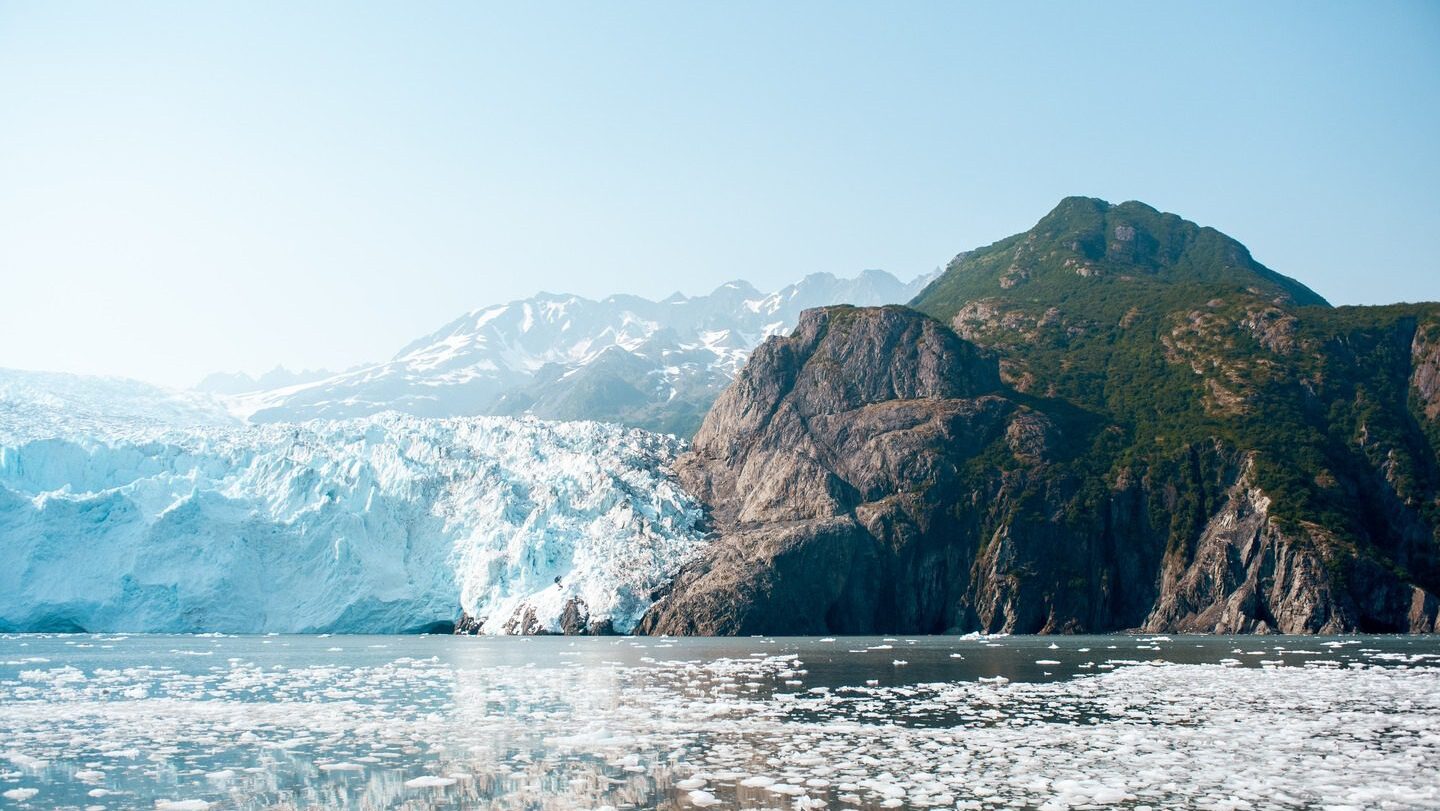

This tour is much more than a journey through Alaska’s awe-inspiring landscapes. It’s an enriching experience that deepens our understanding of the world’s oceans and their impact on our planet. Glaciers and icecaps are some of the most important elements of the Earth’s ecosystem, as they store around 68% of the world’s fresh water. Global warming is causing these glaciers to disappear and if they all melted, the global sea level would rise by more than 195 feet, leaving entire cities and countries underwater. As many organisms survive from the ice formations, we’d also endanger thousands of species and critical ecosystems.
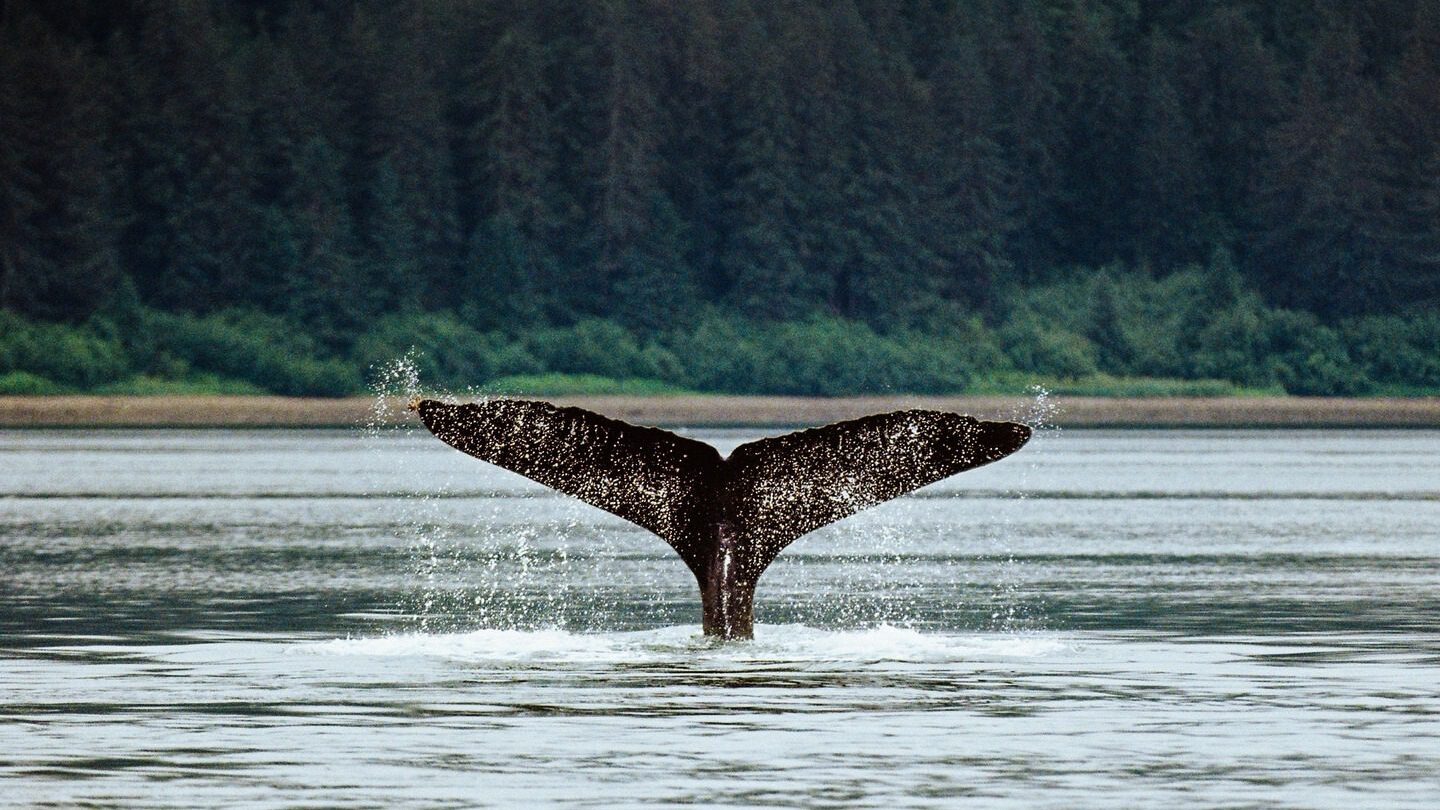

You’ll get a first-hand look into the power of glaciers in Alaska. Cruise around the beautiful Prince William Sound and see the Columbia Glacier, one of the world’s most rapidly changing glaciers. As you marvel at its dazzling blue ice cliffs and icebergs, you might even see the resident seals, sea lions, otters and porpoises.
We’ll learn more about the link between the Northeast Pacific Ocean and its wildlife at the Alaska Wildlife Conservation Center. Discover how the ocean supports a vast ecosystem, from the tiniest phytoplankton to the majestic Humpback whales you might spot during our cruise through the glacial wonderland of Kenai Fjords National Park. Next up, we’ll cruise through Glacier Bay National Park, marvelling at the ice giants. Then sail through the astonishing fjords and bays of the Inside Passage, a powerful testimony to the world’s oceans.
RELATED CONTENT: 7 spine-chilling facts about the world’s biggest ocean
3. Hawaii Four Island Adventure
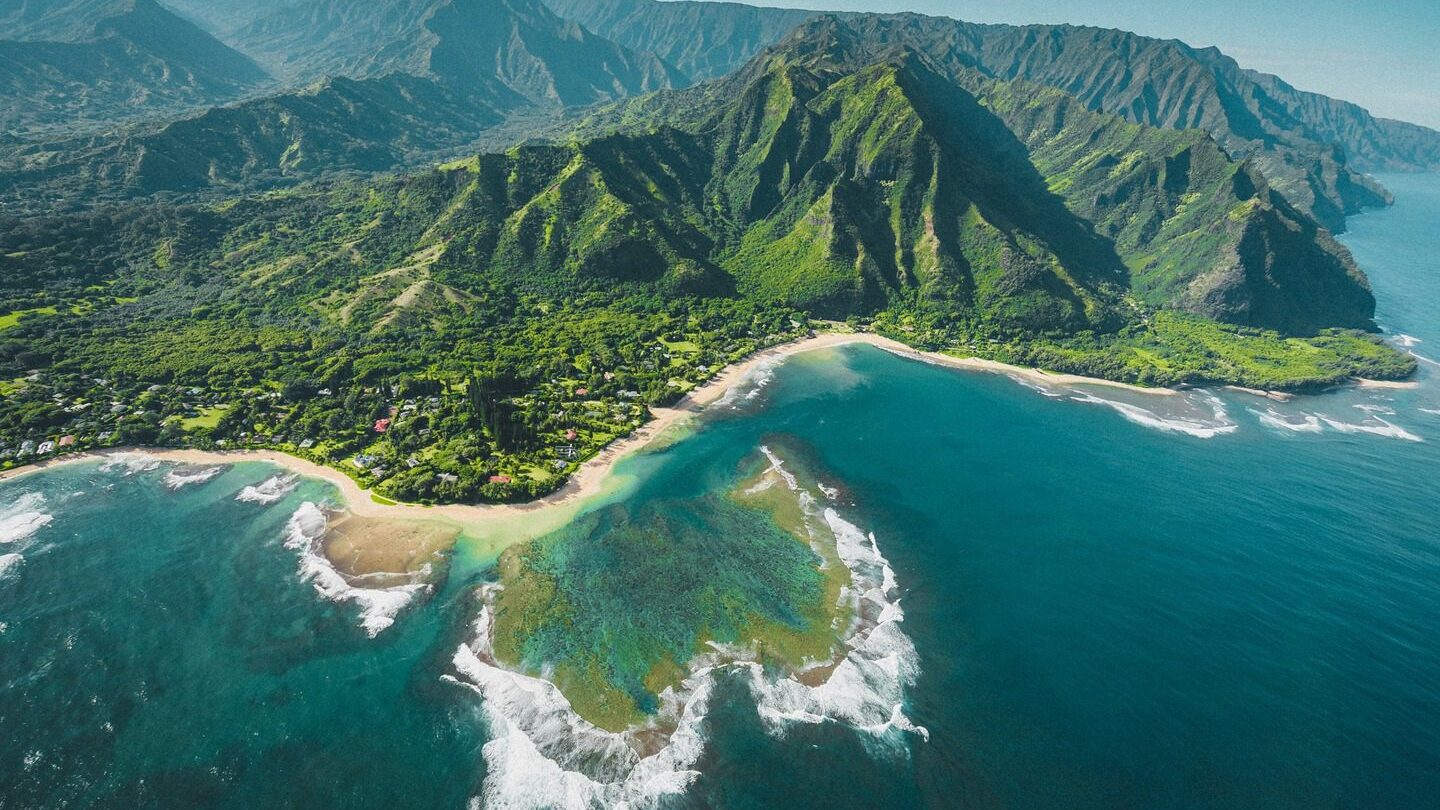

The ocean is essential for all forms of life and there are few places where this is clearer than Hawaii. We’ll kick things off in Oahu, where you’ll come face to face with the majesty of the South Pacific Ocean. Feel the power of the ocean with the massive waves on the North Shore then see how lava meets the sea at the UNESCO-listed Hawaii Volcanoes National Park.
Go beneath the surface with a morning snorkel at Puʻuhonua O Honaunau and Kealakekua Bay. These waters are home to a variety of important species, including fish and turtles, and you’ll witness first-hand the biodiverse marine ecosystems, visiting lava tubes and sea caves.


We’ll visit the Manta Ray Learning Center to learn more about the giant manta rays that come to the Kona shores with a Local Specialist. Then you’ll have the chance to go on a thrilling nighttime snorkeling adventure with these majestic creatures. You’ll come face to face with these remarkable animals, which can be as long as 16 feet and weigh up to 1,000 pounds, and it’s a truly special experience.
We’ll also discover how the treasures of the ocean are brought on land at the Hawaii Ocean Science and Technology Park’s sea salt farm. On this MAKE TRAVEL MATTER® Experience, you’ll learn how salt is gathered from water drawn from 2,200 feet below the surface of the ocean. An important part of Hawaiian culture, this rare salt is valued by gourmet chefs for its purity and unique mineral content. You’ll also visit the Kanaloa Octopus Farm where researchers are investigating new methods for aquaculture and sustainable farming.
RELATED CONTENT: 4 reasons why travel and sustainability are the ultimate power couple
4. Monkeys, Jungles and Volcanoes
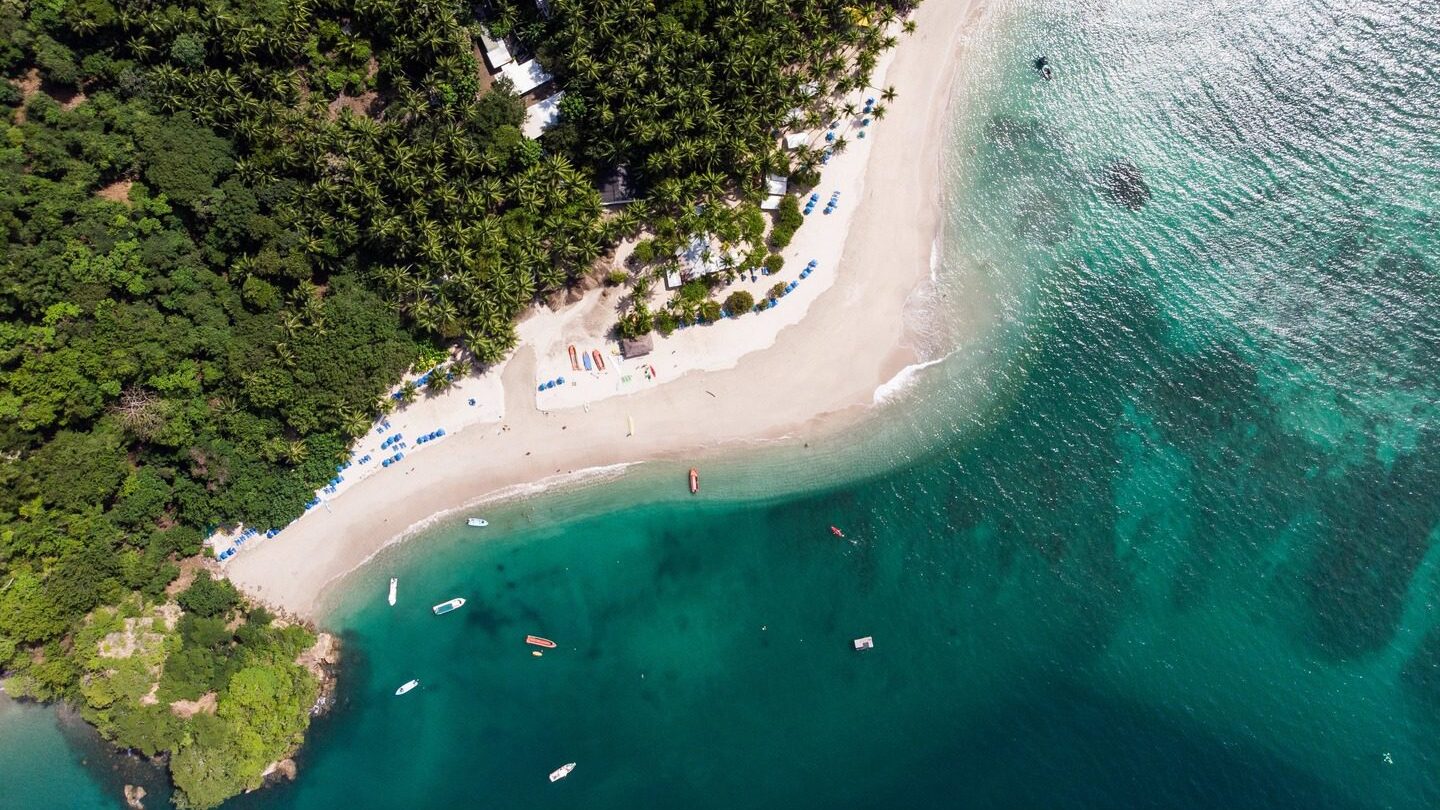

The importance of the world’s oceans extends beyond their powerful waves, beaches and glaciers. Oceans are also crucial to the survival of our mangroves, one of nature’s most important creations. Mangroves can absorb 10 times as much carbon dioxide from the atmosphere than terrestrial forests, can help stop coral bleaching, and can even defend against floods and tsunamis. Deforestation and coastal development have destroyed much of our mangrove population, making it more important than ever to conserve these vital ecosystems. Costa Rica is one of the best places to learn about the magic of mangroves and wetlands.
We’ll glide through the canals and lagoons of Tortuguero, backed by the Caribbean Sea. You can spot sloths, green iguanas, caiman, crocodiles and colorful toucans, along with dozens of different monkeys swinging through the rainforest.
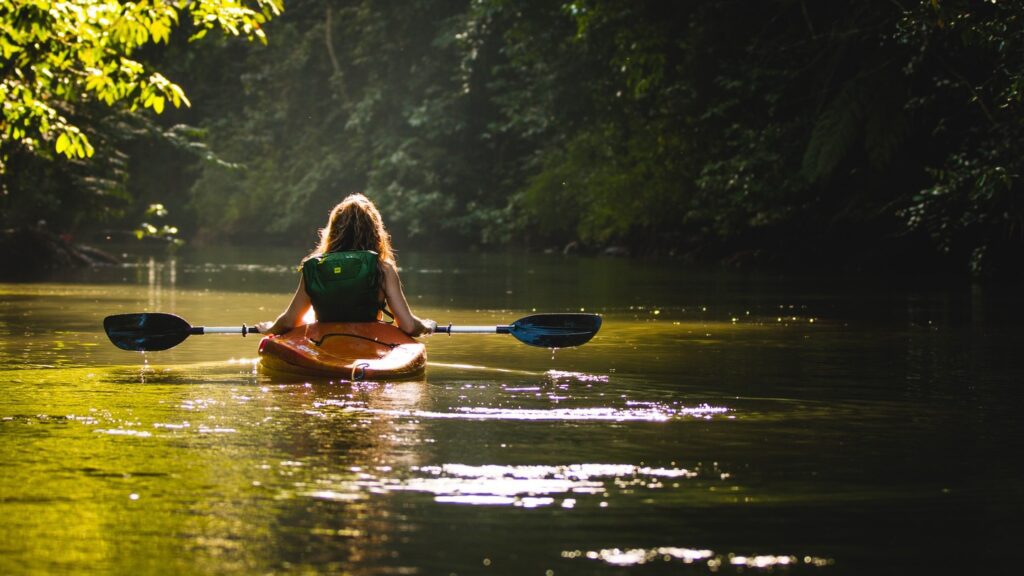

In Manuel Antonio National Park, you can explore the mangrove ecosystem on a boat tour to see monkeys, anteaters, reptiles, and vibrant birds, or go kayaking through the mangroves to see marine birds and their nesting grounds. This unique experience will highlight first-hand the importance of coastal protection, carbon sequestration, and the preservation of critical marine habitats. You can even get one-on-one with the ocean with some surfing lessons on the stunning beaches of Manuel Antonio National Park.
RELATED CONTENT: Costa Rica’s Sustainability Utopia
5. Land of the Incas with Galapagos Islands
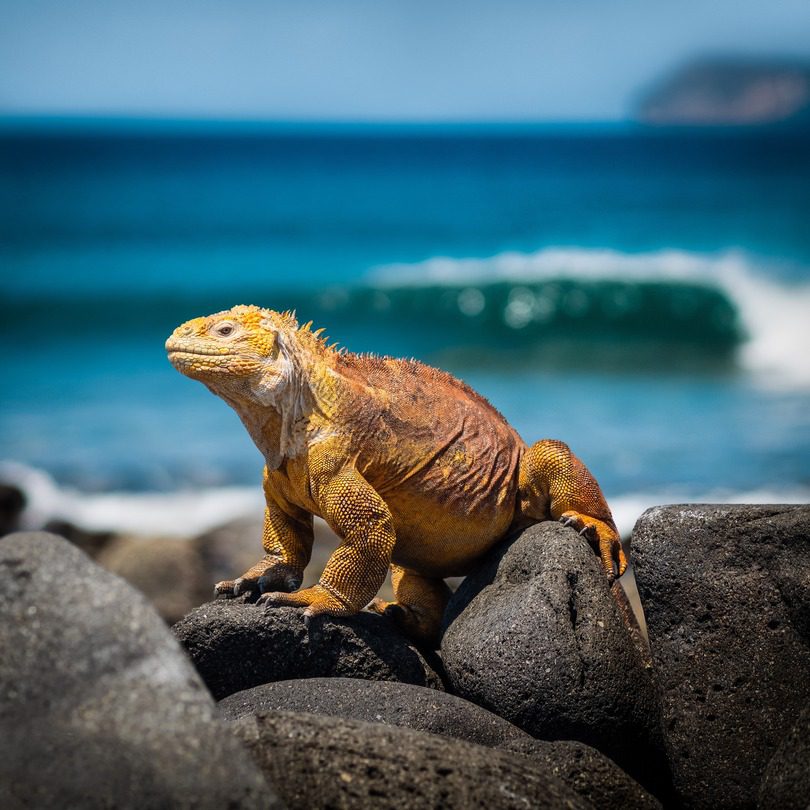

We’ll start our ocean exploration in Paracas on Peru’s west coast. Home to sea lions and seabirds, this is a fascinating landscape where the desert meets the ocean. We’ll visit the Ballestas Islands, known as a “mini-Galápagos” thanks to the huge variety of wildlife. As you cruise the islands, you can spot Peruvian pelicans, Peruvian boobies, and cormorants, along with barking sea lions and fur seals on the shores. You can even spot Humboldt penguins, found only on the coasts of Peru and northern Chile.
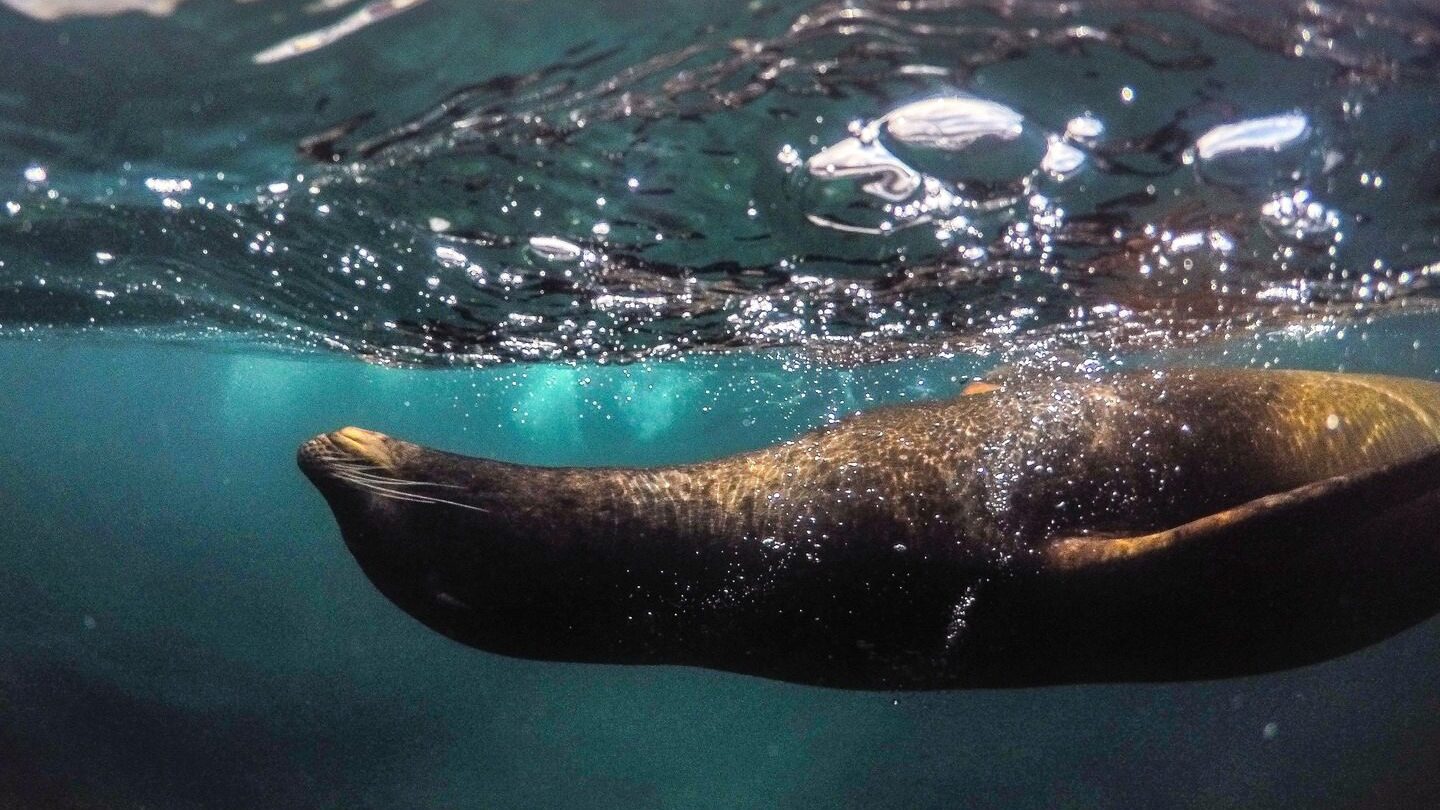

Next, we’ll fly to the Galápagos Islands. Located off the coast of Ecuador, the volcanic Galápagos Islands are one of the most important marine ecosystems on the planet. With dozens of unique plants and animals found nowhere else in the world, the Galápagos was the inspiration behind Darwin’s groundbreaking theory of evolution and remains an invaluable research and conservation site today.
Walk among the world’s largest and oldest tortoises and marine iguanas on Santa Cruz Island. See Nazca boobies, red-footed boobies and Darwin’s famed finches on Genovesa Island. Spot the Wedge-rumped storm petrels on the vast lava fields. On Santa Fé island, snorkel among turtles, sea lions, and reef sharks, and spot eagle rays and giant Opuntia cacti. Wherever you turn, you’ll see the incredible treasures offered up by our ocean ecosystems.
RELATED CONTENT: 9 ways you can travel more sustainably in 2022
6. Perfect Tasmania
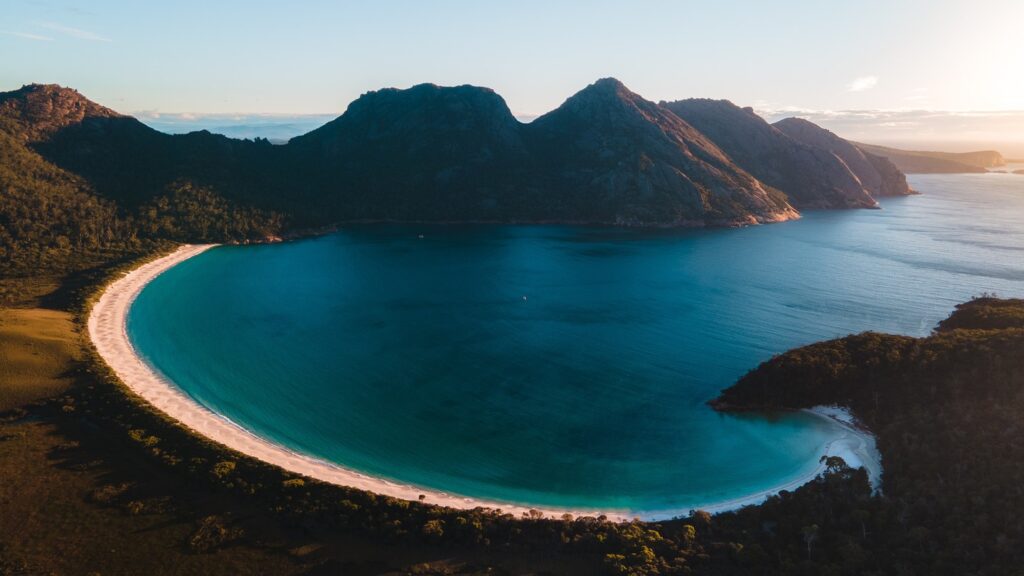

You can’t help but fall in love with the ocean in Tasmania. This southern Australian island is a natural oasis with sugary beaches, eucalyptus forests, soaring mountains and unique wildlife. We’ll get up close and personal with it all in the Freycinet Peninsula. Climb aboard a boat and cruise along Coles Bay past sea caves, waterfalls, and pink granite cliffs. We’ll pass through the inner passage of remote Schouten Island, where you’ll discover penguins and short-tailed shearwaters.
The highlight of the trip is Wineglass Bay, the iconic white sand crescent beach. As you stop for a ploughman’s lunch, keep your eyes peeled for dolphins, sea eagles, and fur seals. You might even spot migrating humpback and Southern Right whales. These cruises are committed to the conservation of these beautiful ocean landscapes and this MAKE TRAVEL MATTER® Experience will help protect the endangered wildlife here.
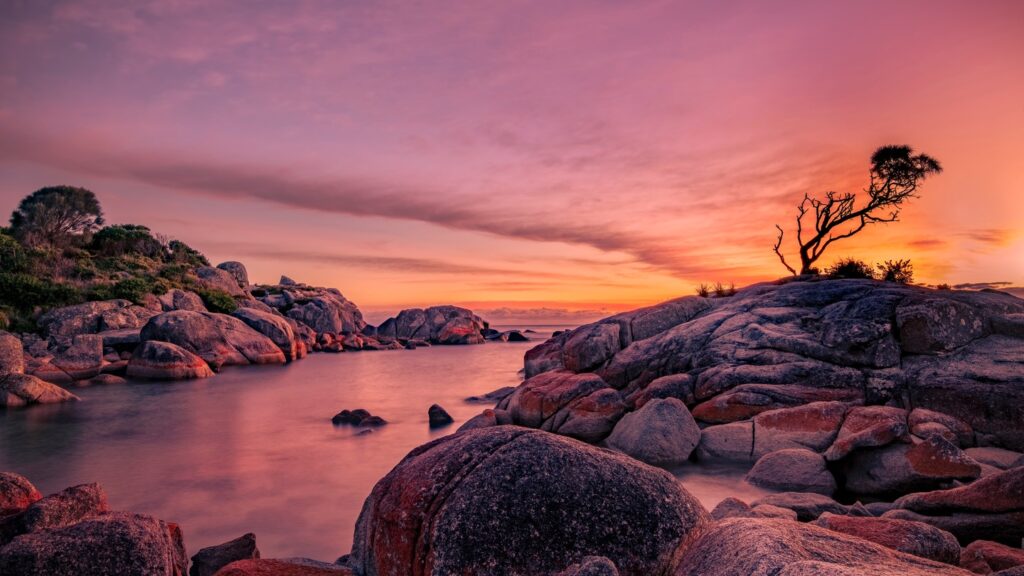

But that’s not the only incredible seascape in Tasmania. We’ll also head to coastal Strahan, where you can explore the majestic Macquarie Harbor. Fun fact, it’s seven times the size of Sydney Harbor! Later on, we’ll feast on seafood delights at Strahan Village’s View 42 Restaurant and Bar. With everything from local oysters and prawns to scallops and avocado salad, you’ll leave feeling very satisfied.
Keep the gastronomic adventures going in Hobart, and visit the vibrant Salamanca Markets to savor the best local food. You can also take a day trip to Bruny Island to marvel at the highest sea cliffs in Australia. Listen to the awe-inspiring ‘Breathing Rock’ and explore deep sea caves. Feel the mighty power of the ocean at the point where the Tasman Sea meets the Southern Ocean. If you’re lucky, you’ll even see dolphins, seals, whales and seabirds.
GET INSPIRED BY: Tassie Getaway
7. Balkan Delight
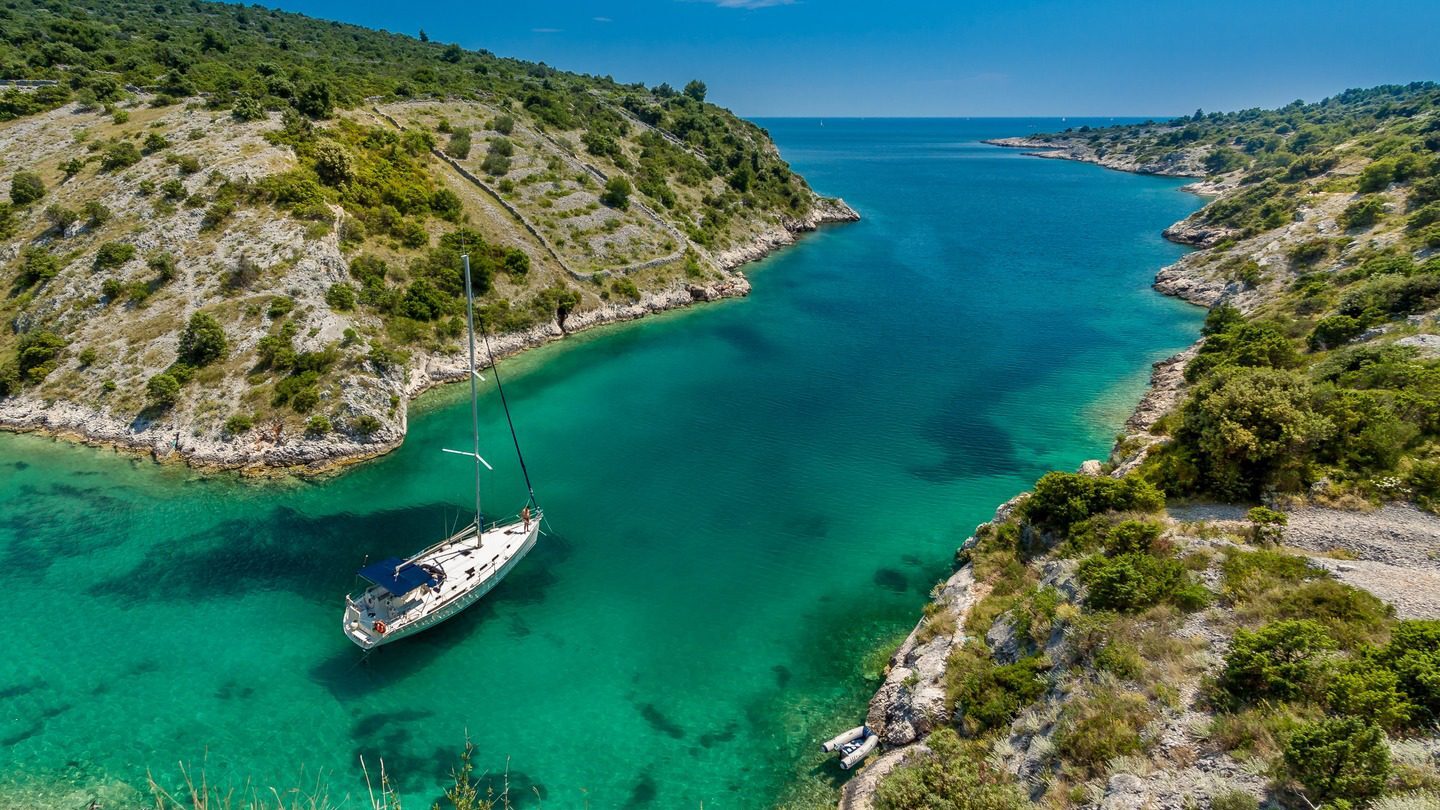

From the Dalmatian Coast to the Adriatic Sea, the Balkans are an enchanting ode to the ocean. You’ll soak it all up on this 12-day adventure. We’ll journey along the cliffs and coves of the Dalmatian Coast to Dubrovnik, the aptly named Pearl of the Adriatic. In the evening, we’ll enjoy a private boat cruise to one of the secluded bays. You’ll indulge in a delicious dinner with drinks while enjoying the magical views of the illuminated city from the water.
If you can’t get enough of the water, you can also take a private chartered boat along the coast to the gorgeous village of Cavtat. Wander through the charming old town, admire the yachts in the marina, or relax on the beach.
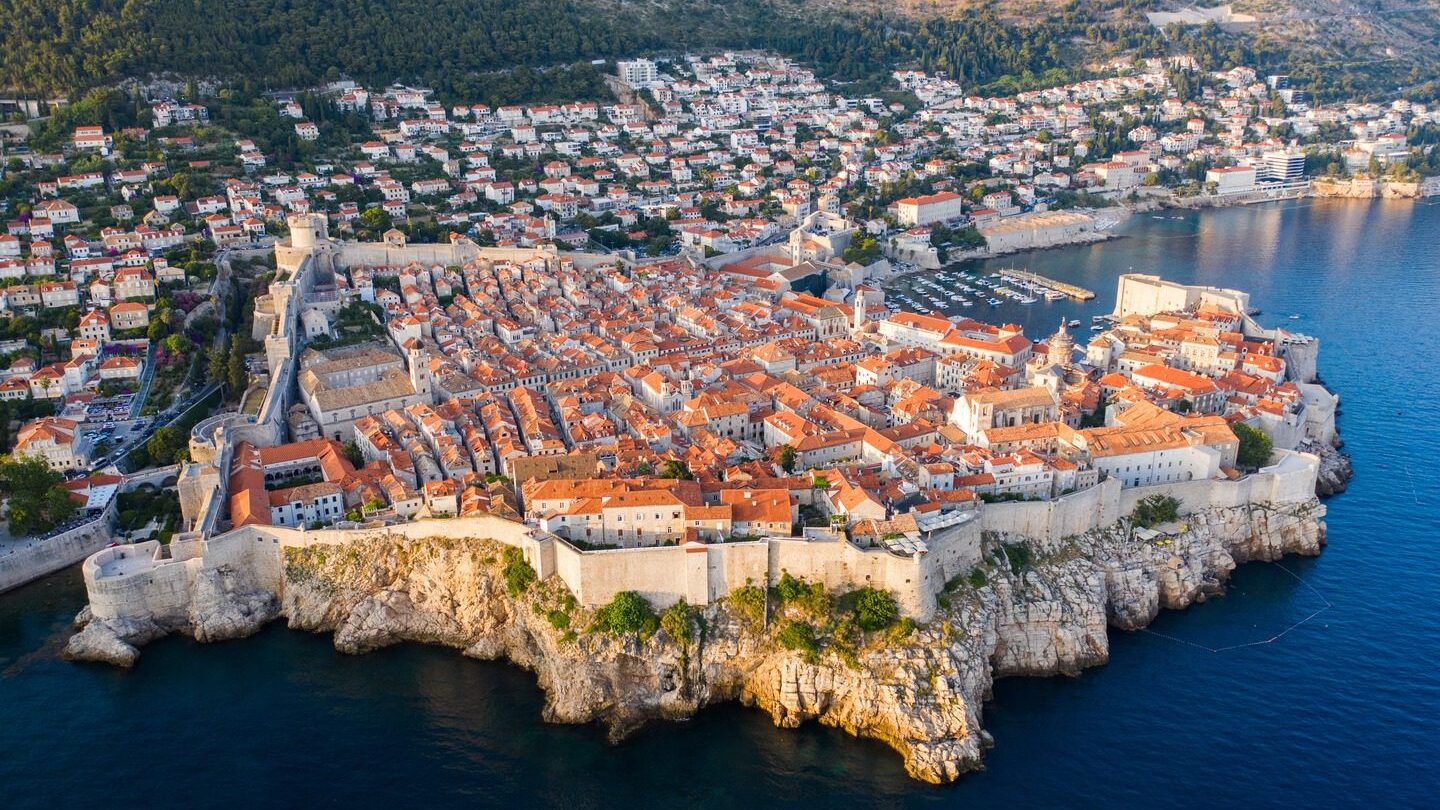

We’ll spend some time in Montenegro to explore the stunning Bay of Kotor, surrounded by Venetian palaces and medieval churches. After arriving in sunny Split, you can take a boat from Split Harbor to Hvar, one of the most extraordinary islands in the Croatian archipelago. Indulge in fresh Dalmatian seafood, see the old fishing villages, or admire the views from the Venetian hilltop fortress. Wherever you go, you’ll get a real sense of the importance of the world’s oceans and how they provide the food, income, and environment that allow our coastal communities to thrive.
RELATED CONTENT: Beyond Dubrovnik and Sarajevo: 10 off-the-radar Balkan towns to explore with Trafalgar
8. Wonders of Patagonia
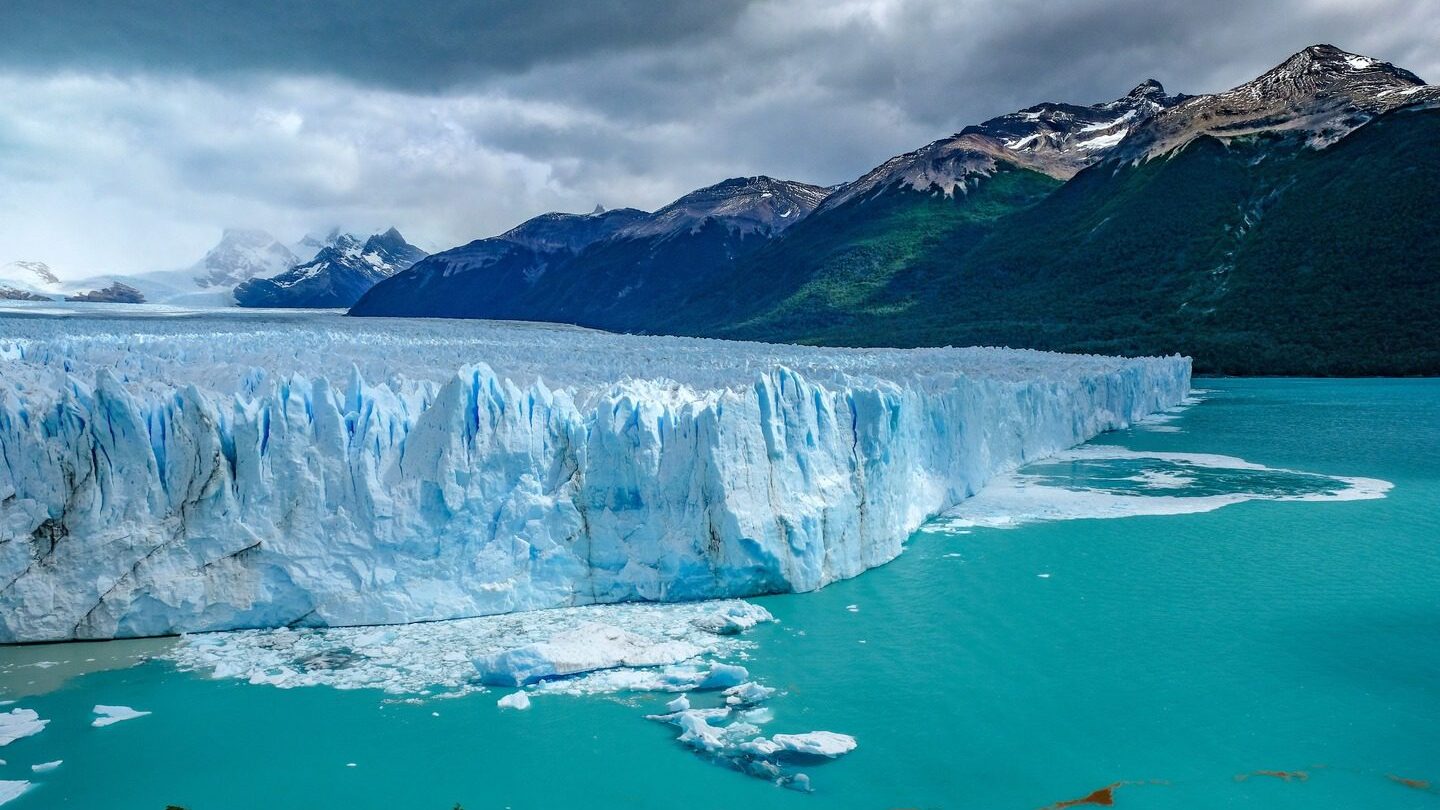

If you really want to get impressed by the world’s oceans, you’ve got to visit the glacial paradise of Patagonia. We’ll start in Ushuaia and Tierra del Fuego National Park. The incredible mountains, forests, and glacial lakes are filled with a rich variety of wildlife including red foxes, beavers, condors and eagles. Cruise the Beagle Channel and watch for sea lions, cormorants, albatrosses, skuas, petrels, seagulls, and the curious Magellanic Penguins.
Next up, go on a cruise up the Rio Serrano, to the Southern Icefield. Glide through the fjords with views of the glittering Balmaceda and Serrano Glacier. You can even spot colonies of sea lions, condors and cormorants in the unspoiled landscapes.
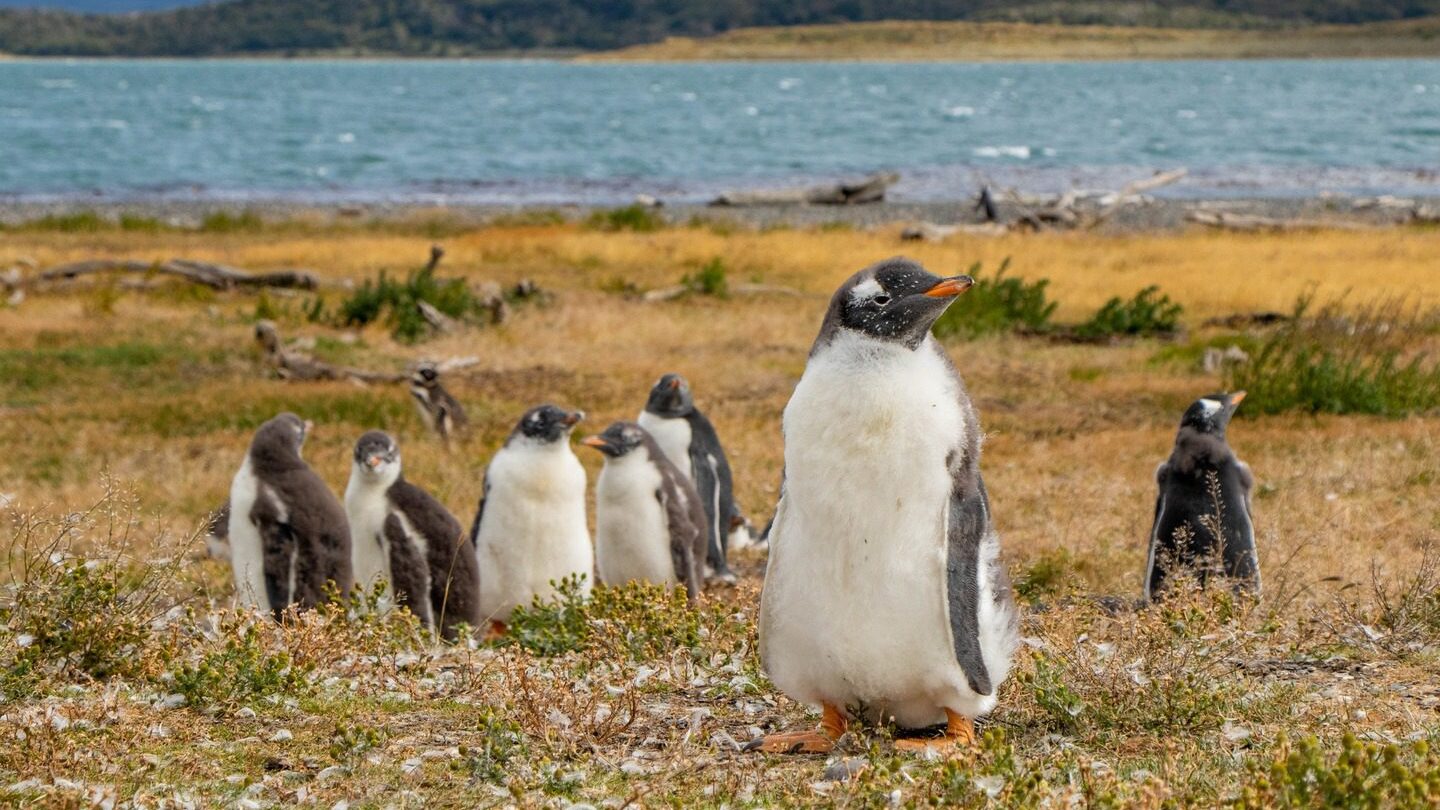

We’ll also explore the UNESCO-listed Los Glaciares National Park. Home to 356 arctic blue glaciers, fed by the enormous South Patagonian Ice Field, this is a humbling landscape. You can’t miss the king of glaciers, the Perito Moreno Glacier, soaring above the icy turquoise waters of Lake Argentino. Spanning 100 square miles, the glacier is three miles wide and rises 255 feet above the lake. Its deepest point plunges around 2,300 feet below. It’s also the third-largest freshwater reserve on the planet, making this one of the most vital natural wonders.
You might even witness the giant icebergs cracking off the glacier and crashing into the lake with impressive force. As global warming continues to melt the ice and cause sea levels to rise, a visit here is a stark reminder of the urgent need for environmental conservation.
What are your favorite sustainable tours where you can appreciate the world’s oceans? Let us know in the comments below!